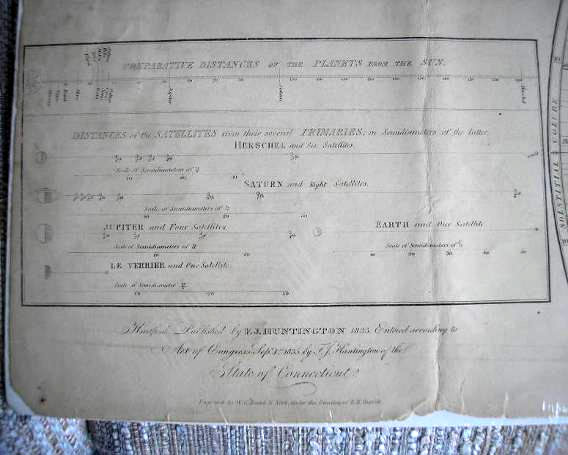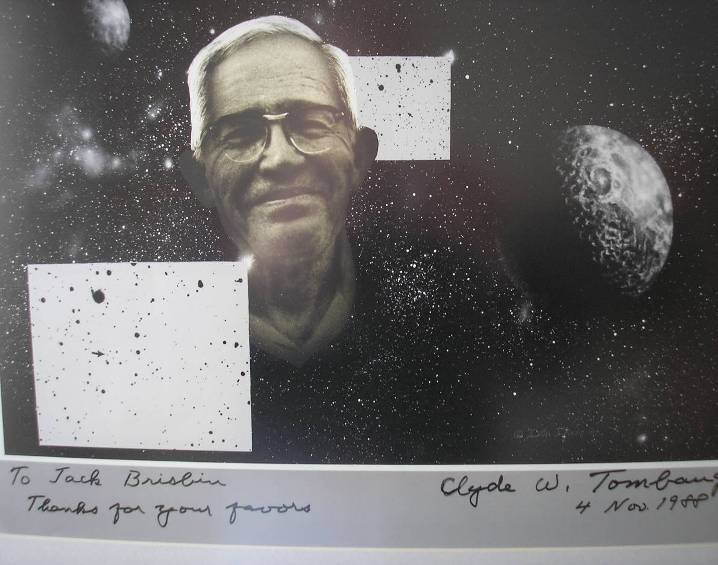

Now that Pluto is no longer a planet, thanks to the International Astronomical Union (IAU), a rare atlas titled “The Geography of the Heavens” by Elijah H Burritt is now politically correct. I happened to acquire a copy of this atlas in the late 1970’s while I was attending the State Street Art Fair, when there were several Antiquarian booksellers on State Street. This is in the olden days before State Street became restaurant alley.
I purchased the atlas in the early evening just before the store closed. In the early years of the State Street Art Fair, State Street was roped off in the evening and a band platform was erected and you just partied in the street. I didn’t think it was a good idea to party in the street with a 150 year old star atlas, so I hid it in my car. I forgot to tell you that the atlas was published in 1835. But if Pluto wasn’t discovered until 1930 then the atlas would not list Pluto as part of the solar system anyway, right!
Maybe it doesn’t matter since the I.A.U. has demoted Pluto from its planet status. Does it matter if the star atlas ever listed Pluto at all? Almost 180 years later the star atlas is still correct to show only eight (8) planets, according to the I.A.U. This means the star atlas correctly stated the solar system a 180 years ago, so is it worth more?

You will not see a planet named Uranus because it was called Herschel, after its discoverer William Herschel in 1781. But the atlas does refer to the planet as “Herschel or Uranus” in different sections of the atlas. You will also notice Neptune is named Le Verrier. This was somewhat controversial. Two astronomers, working independently, John Couch Adams (England) and Urbain-Jean-Joseph Le Verrier (France) calculated the position of this unknown planet. James Challis an English astronomer using Adams’ predictions observed the planet on the night of August 4, 1846, but did not compare his observations with the previous night and did not recognize the planet. Johann Galle a German astronomer found the planet on September 23, 1846 using LeVerrier’s prediction.
Then to make matters worse, at a later date an International Astronomical organization decided the planets should be named after the mythological Roman Gods. For those of you that studied mythology you already know that Uranus is the Greek God of the Sky!
So much for understanding mythology!

In 1988 I helped promote and sponsor a lecture featuring Clyde Tombaugh and I spent part of the day with him, his wife and a university representative traveling with him.
As I drove them from the hotel room to the university, we talked about the lecture and his discovery of Pluto. Later on during the day we discussed amateur telescope making and some of the work he did at White Sands Missal base.
I never thought to ask Clyde the question—Do you think Pluto will lose its status as a planet? As I look back in time, that would have been a great question to ask him.